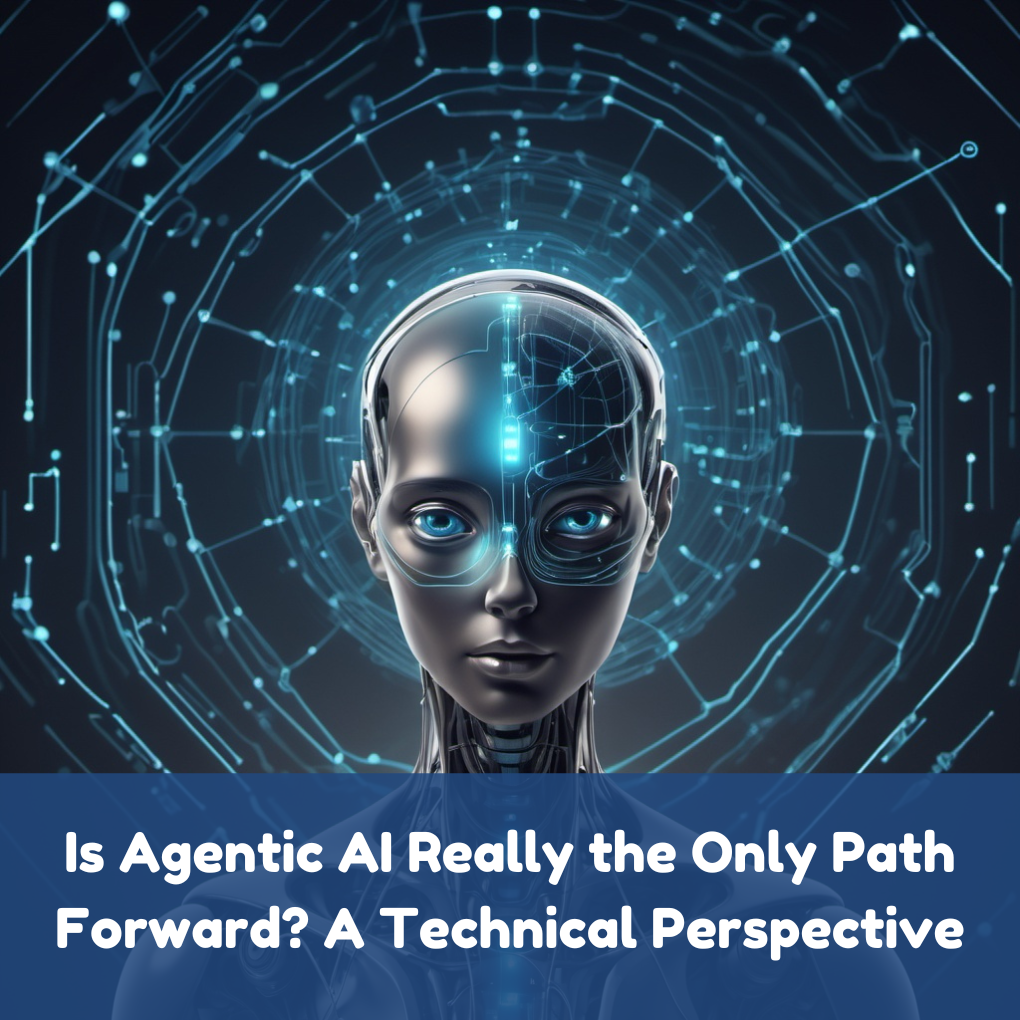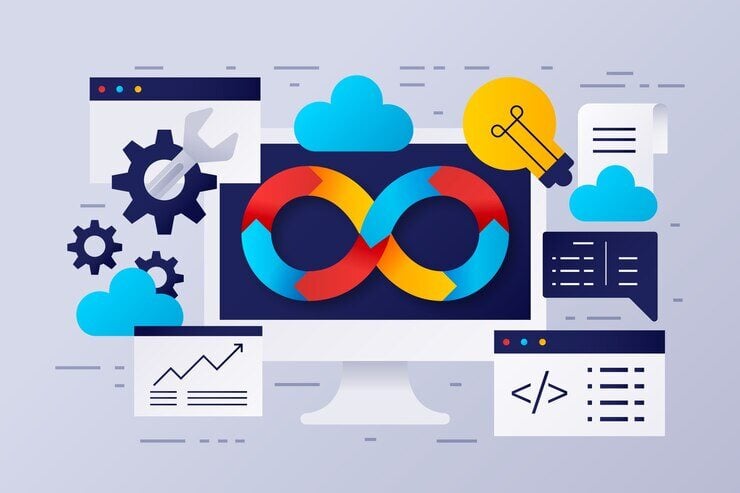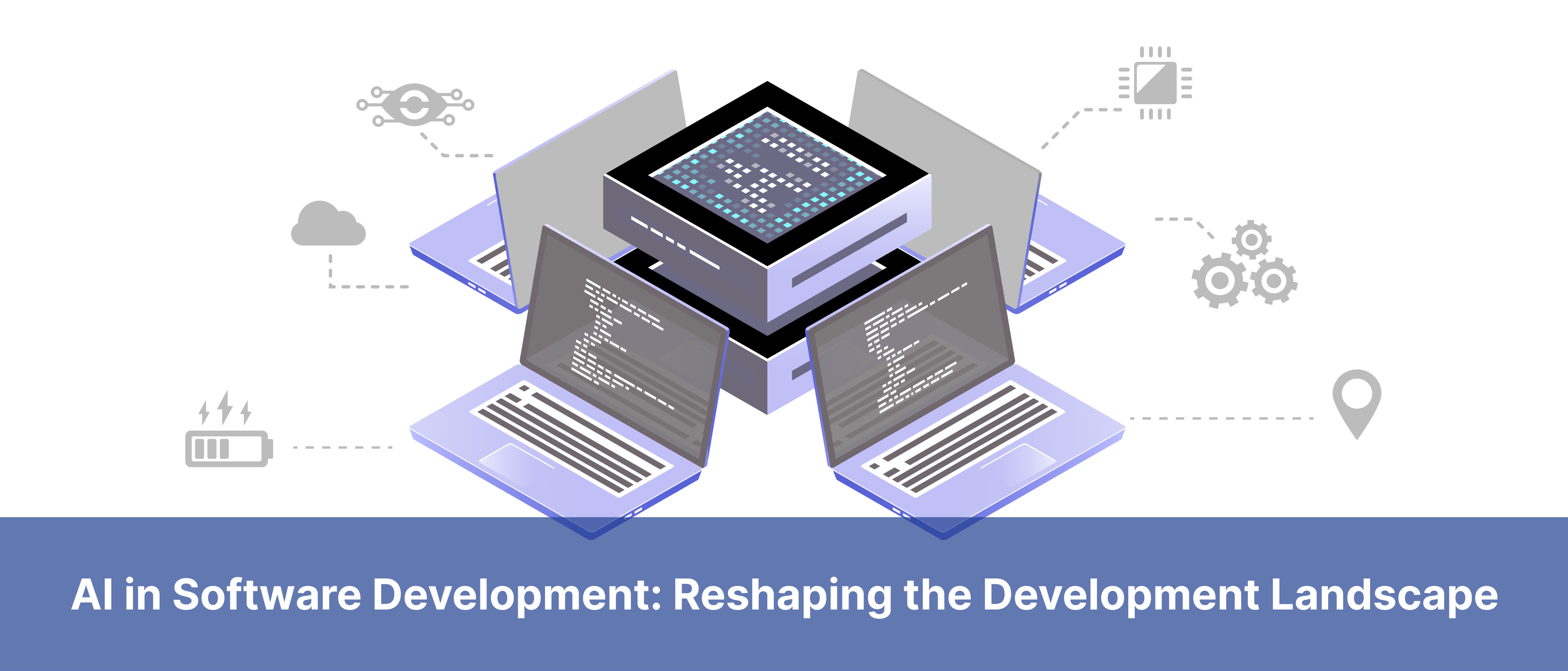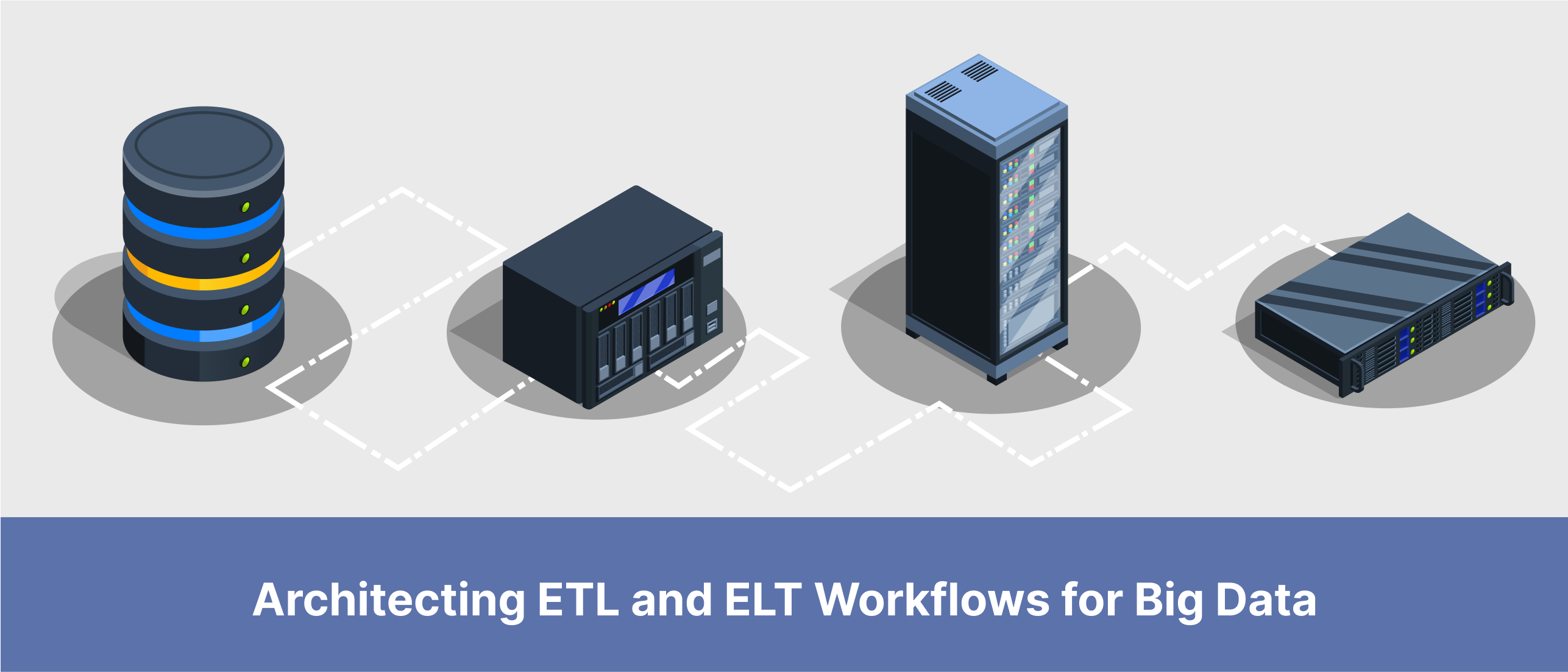We hear a lot about “agentic AI” these days—systems that don’t just passively recommend but actually act on our behalf. Imagine a large-scale enterprise scenario: an AI that handles invoice approvals, escalates service tickets, and makes real-time adjustments across multiple APIs—often without waiting for human intervention. On the consumer side, picture an AI that automatically pays your bills, updates your flight arrangements when there’s a delay, and negotiates your subscription rates. It sounds incredible—right up until you realize how much trust and authority these systems require.
The Technical Challenge
From a development standpoint, building a truly agentic AI isn’t just about having a smart model. It involves:
1. Orchestration EnginesTools like Apache Airflow or Kubernetes-based workflows (e.g., Argo Workflows) can tie tasks together across various microservices. Once an AI has “write access” to these pipelines—able to create, modify, and terminate processes—permissioning and fail-safes become critical.
Large organizations rely on CRMs, ERPs, ticketing platforms, and custom microservices. An agentic AI must integrate with each system (often via custom connectors) to read data, interpret it, and then take action. Each integration can be a vulnerability point if security isn’t airtight.
Full or partial autonomy demands robust authentication, role-based access control, and real-time monitoring. A compromised AI agent with enterprise-wide permissions could cause far more damage than a single rogue employee. Logging and traceability must be first-class citizens in such an environment.
Trust vs. Autonomy
Not every organization—or individual—feels comfortable letting an AI roam free:
1. Sensitive DecisionsHigh-stakes areas (like large financial approvals or healthcare diagnostics) often demand human checkpoints to avoid unapproved transactions or misdiagnoses.
It’s not just about data leaks: do we want an AI making moral or personnel decisions without human intervention? Trust and accountability come into play here as well.
Finding the Middle Ground
For many, the ideal scenario is “partial autonomy,” where an AI pipeline tackles repetitive tasks—such as analyzing logs or drafting customer emails—but escalates riskier decisions for human review. This approach draws on:
- Natural Language Processing
To interpret unstructured data (emails, logs, documents) accurately and surface key points. - Knowledge Graphs & Machine Learning
To identify cross-department opportunities or to detect anomalies that need immediate attention. - Tiered Approval Flows
Routine actions (e.g., reordering office supplies) might be automated, while budget approvals above a certain threshold require a manager’s sign-off.
It’s like having a smart digital assistant, not a fully autonomous CEO. The system can propose solutions and handle smaller tasks while a human stays in the loop for high-impact decisions.
Where Do You Stand?
Are you ready to let AI co-pilot major parts of your personal life or enterprise workflows? You might be comfortable with it handling repetitive chores yet wary of handing it the keys to large-scale decision-making. Or perhaps you see a future where fully autonomous systems do it all—assuming we solve security, ethical, and reliability challenges along the way.
Below is a quick snapshot of different levels of AI autonomy—helpful whether you’re evaluating a new consumer app or planning an enterprise-scale deployment:
|
Level of Autonomy |
Description |
|
Level 0 |
AI provides analytics or insights only; humans execute all actions. |
|
Level 1 |
AI recommends next steps; humans must review and confirm or reject. |
|
Level 2 |
AI autonomously handles routine tasks with minimal risk; humans approve bigger moves. |
|
Level 3 |
AI manages core tasks but escalates anomalies or large decisions for sign-off. |
|
Level 4 |
AI acts fully on our behalf with minimal human input, typically in niche scenarios. |
Agentic AI can be transformative, but it doesn’t have to be an all-or-nothing proposition. Often, the best approach lies somewhere in between—where technology handles the mundane and humans retain oversight when the stakes get high. After all, technology should serve our goals, not the other way around.
Conclusion
Agentic AI presents a compelling vision for the future, but the key lies in striking the right balance between automation and human oversight. While full autonomy may not be suitable for every scenario, partial autonomy—where AI streamlines workflows while humans retain control over critical decisions—offers a practical and scalable approach.
At Evermethod, Inc., we help businesses navigate the complexities of AI-driven transformation by integrating intelligent automation with robust security, compliance, and human-in-the-loop strategies. Whether you're looking to optimize processes, enhance decision-making, or explore AI-powered efficiencies, our solutions ensure that technology works for you—not the other way around.
Ready to explore the next phase of AI-driven innovation? Connect with Evermethod, Inc., to discuss how our expertise in AI, analytics, and automation can support your business goals.
Get the latest!
Get actionable strategies to empower your business and market domination
.png?width=882&height=158&name=882x158%20(1).png)

.png/preview.png?t=1721195409615)

%2013.png)


